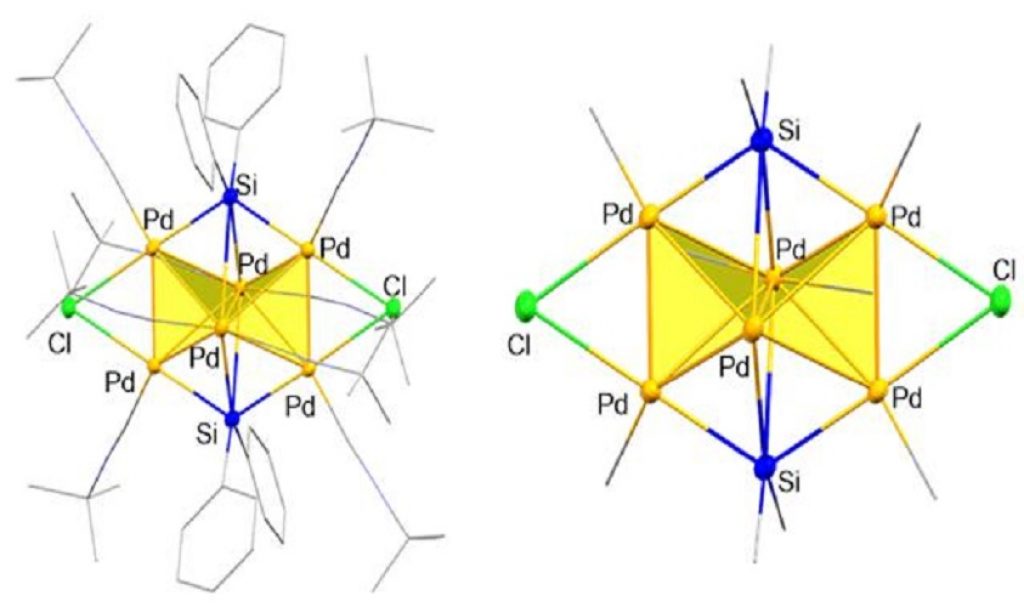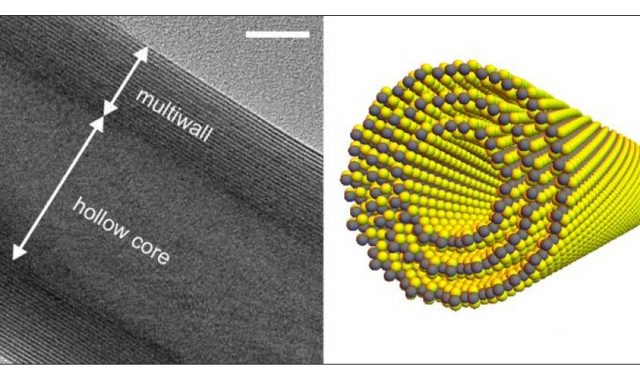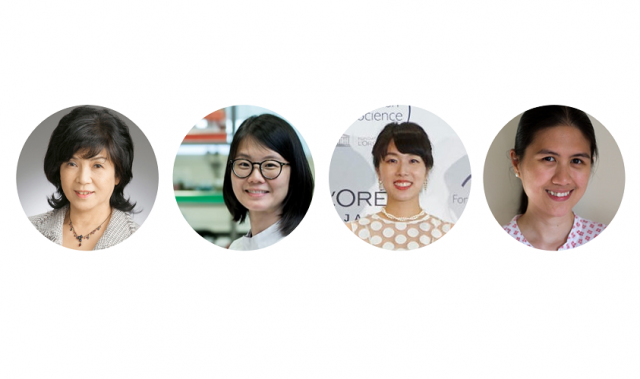
AsianScientist (Mar. 6, 2019) – A research group in South Korea has found a way to build 3D nanostructures from the noble metal palladium (Pd). They published their method in Chemistry – A European Journal.
Nanochemistry offers a range of classic design shapes such as cubes, rods, wires and even ‘nanoflakes,’ all built from atom clusters. However, manipulating these minute elements into two- and three-dimensional (2D and 3D) structures can be challenging.
In the present study, scientists led by Associate Professor Yusuke Sunada at the University of Tokyo developed a strategy to construct subnanosized metal aggregates, building up small palladium clusters into grander 3D architectures.
Creating stable nanoclusters, even in 2D, is not easy due to challenges associated with pushing metal species into close proximity. However, metal centers can be linked stably together, while maintaining a comfortable distance, with the use of bridging atoms like chlorine. The resulting clusters often have unique chemical properties as a result of metal-metal interactions.
The team therefore chose a new organosilicon template containing two chlorine atoms. When they reacted a palladium source with this template, they produced not a 2D sheet, but a 3D cluster containing six palladium atoms. The metals apparently formed a pair of Pd4 tetrahedra bridged by chlorine, which forced the palladium atoms close enough to bond with each other.
“3D subnanoclusters have real potential as catalysts and functional materials,” said Sunada. “But their function strongly depends on precise control of their shape. Organosilicons are readily available and offer a platform for designing diverse architectures—linking multiple clusters into larger molecules—in an industrially feasible way.”
The article can be found at: Shimamoto & Sunada (2019) Dimensionality Expansion of a Butterfly Shaped Pd4 Framework: Constructing Edge‐Sharing Pd6 Tetrahedra.
———
Source: University of Tokyo.
Disclaimer: This article does not necessarily reflect the views of AsianScientist or its staff.












